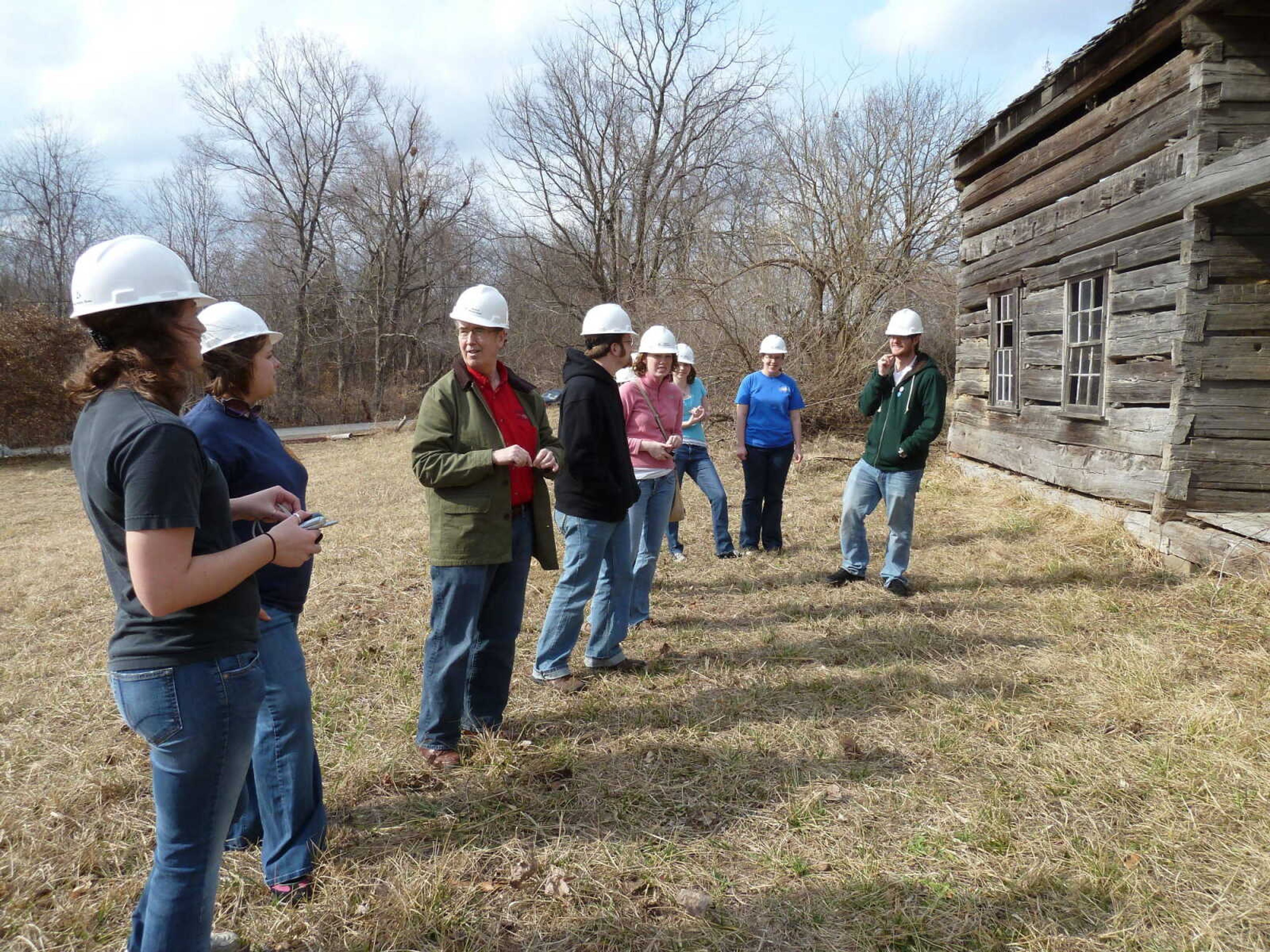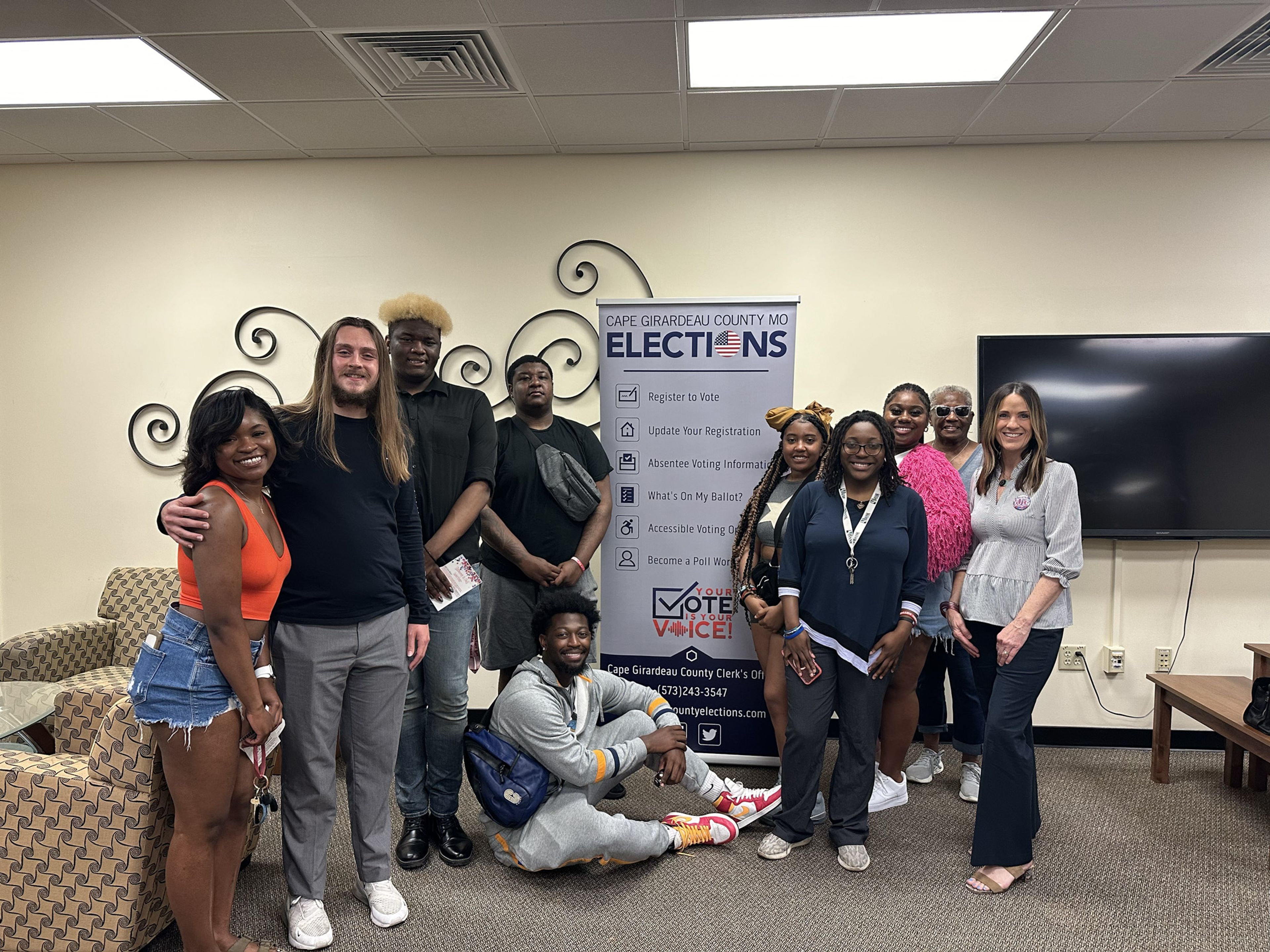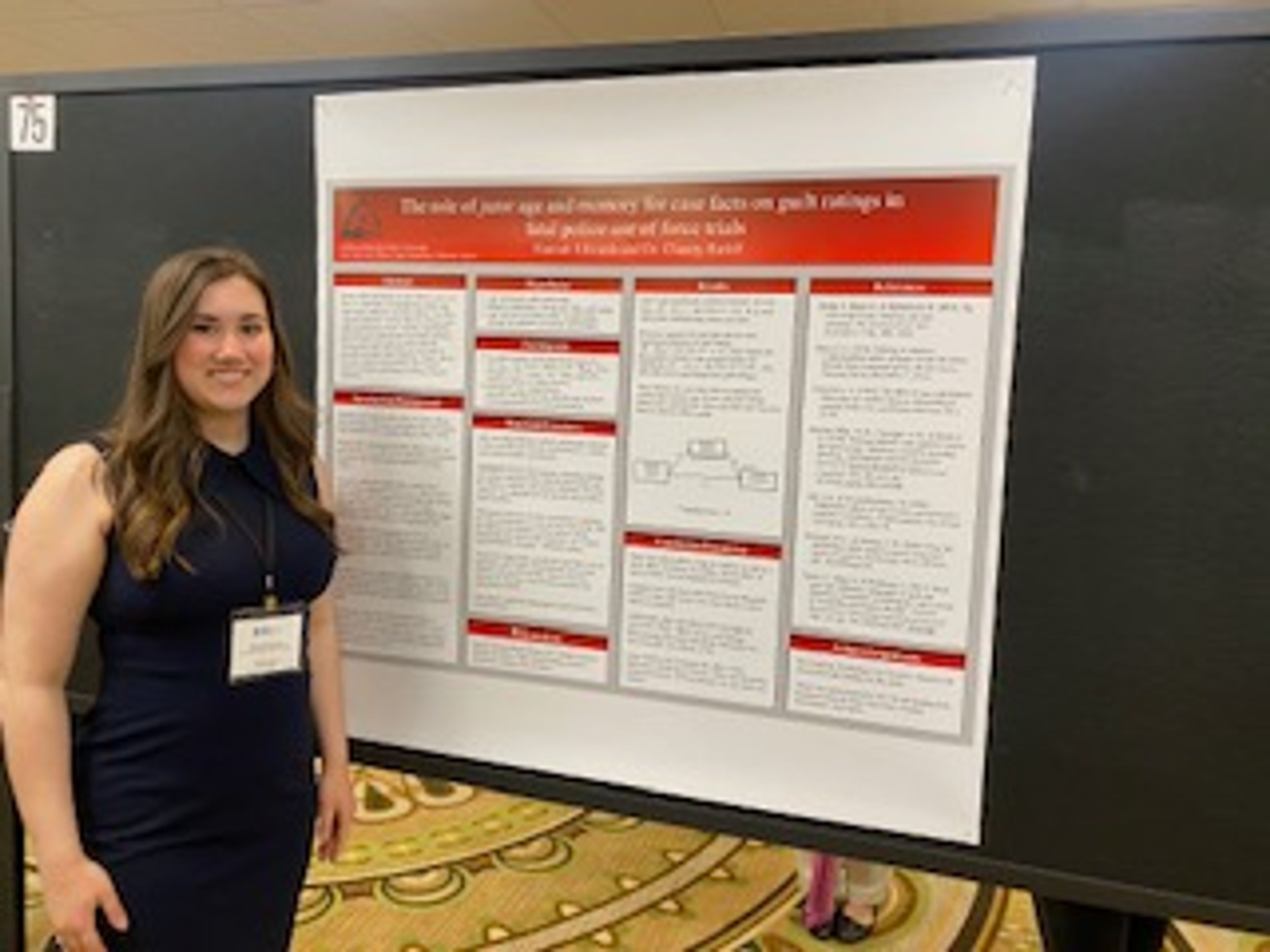As they click through their PowerPoint slide show, their favorite pictures are those of old buildings and cemeteries. They describe what material each wall is made of, who designed each window and even what the front doors to each church felt like. Onlookers are at attention as they mention names like Wright and Richardson, famous architects, with knowing smiles.
They are the Historic Preservation Association at Southeast Missouri State University and they are meeting in room 109 of Carnahan Hall for the last time this semester. They gather on this cold Tuesday afternoon for a few members to share their experiences at the National Preservation Conference in October in Buffalo, New York.
This passion for architecture is typical of students in Southeast's Historic Preservation Program.
Among these students is president of the HPA, Chris Kinder. Kinder, a non-traditional student, plans to graduate in May. He has always loved history and was surprised to find Southeast's Historic Preservation Program "right in my own back yard." He enjoys the close network of preservationists across the nation and hopes to foster this camaraderie through his role in the HPA.
Senior Andrew Scott is also in the HPA at Southeast. He transferred from a community college that only offered a general history degree.
"I think that this education is really going to help me in the long run because most of the people that are applying for jobs are history majors," Scott said. "I think I'm going to have an advantage since I have a historic preservation degree. I think that's going to give me a leg up on the job market."
Scott hopes to become a museum curator or work at a Civil War battle site after graduation.
"Curator of collections at the National Air and Space Museum, that would be my dream job," Scott said. "But unfortunately that's everyone and their brother's dream job. It's a really competitive market."
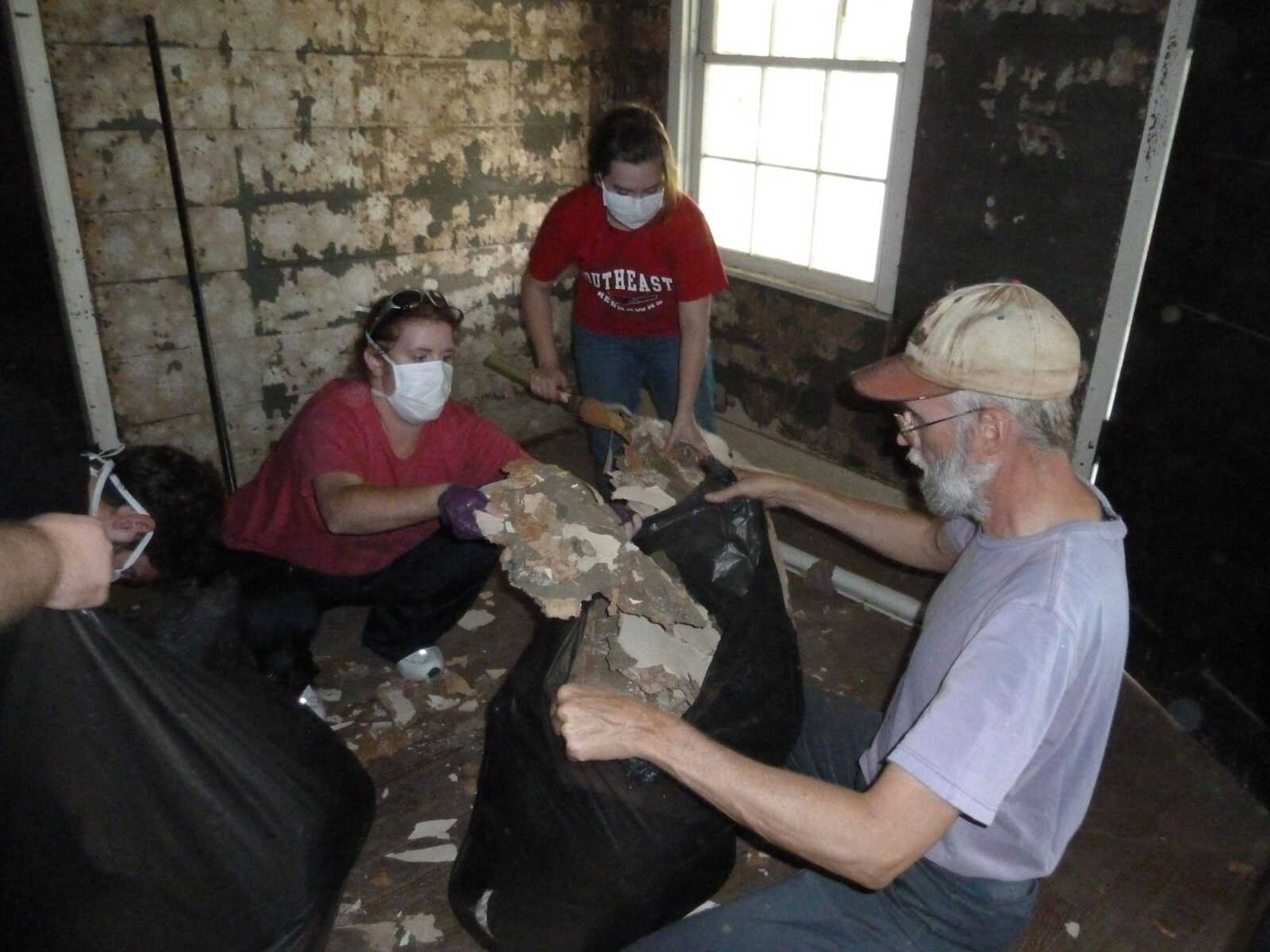
According to Dr. Steven Hoffman, Historic Preservation Program coordinator and professor of history, the Bachelor of Science program celebrated its 30th anniversary last year.
Historic preservation majors study the "built environment," which includes any man-made structure, such as parks, monuments, bridges and buildings. Each student in the program starts with a core of classes that focus on this environment before moving on to take classes in at least two of the three subcategories of historic preservation: museums, historic site administration and archives. Each of these categories features a faculty member who is an expert in the field. Hoffman teaches the built environment classes.
"Students learn how to document the history of buildings," Hoffman said. "They learn how to recognize the defining architectural characteristics of buildings and why they might be important for architectural reasons. They learn about the whole industry that is associated with the preservation of our built environment."
A degree in historic preservation can lead to a multitude of jobs in architectural firms, state and national parks, museums and archival offices, among many other specialized jobs.
"There is such a wide variety of possible career paths in the field," Hoffman said. "It really is a profession that involves using history outside of a formal classroom."
The classes that historic preservation majors must take prepare them for the capstone of their undergraduate career, a 400-hour internship, which counts for nine credit hours.
This summer, a student did an internship in Alaska studying government buildings that were constructed during the Cold War. Students have also completed internships in state historic preservation and Main Street offices in Missouri and Tennessee and with the US Army Corps of Engineers. A recent graduate even interned at the Smithsonian American Art Museum in Washington, D.C.
"We try to make sure that they're well-prepared for that moment," Hoffman said. "We have a lot of experiential learning in our course work, so we start the program with an introduction to historic preservation and right from the beginning we try to get students to go out and actually do things; do the work of historic preservation and public history."
This work includes participating in the National Trust for Historic Preservation's Main Street program. This program saves, restores and finds uses for historic buildings located in downtowns across the nation. Southeast students are active in the Old Town Cape organization.
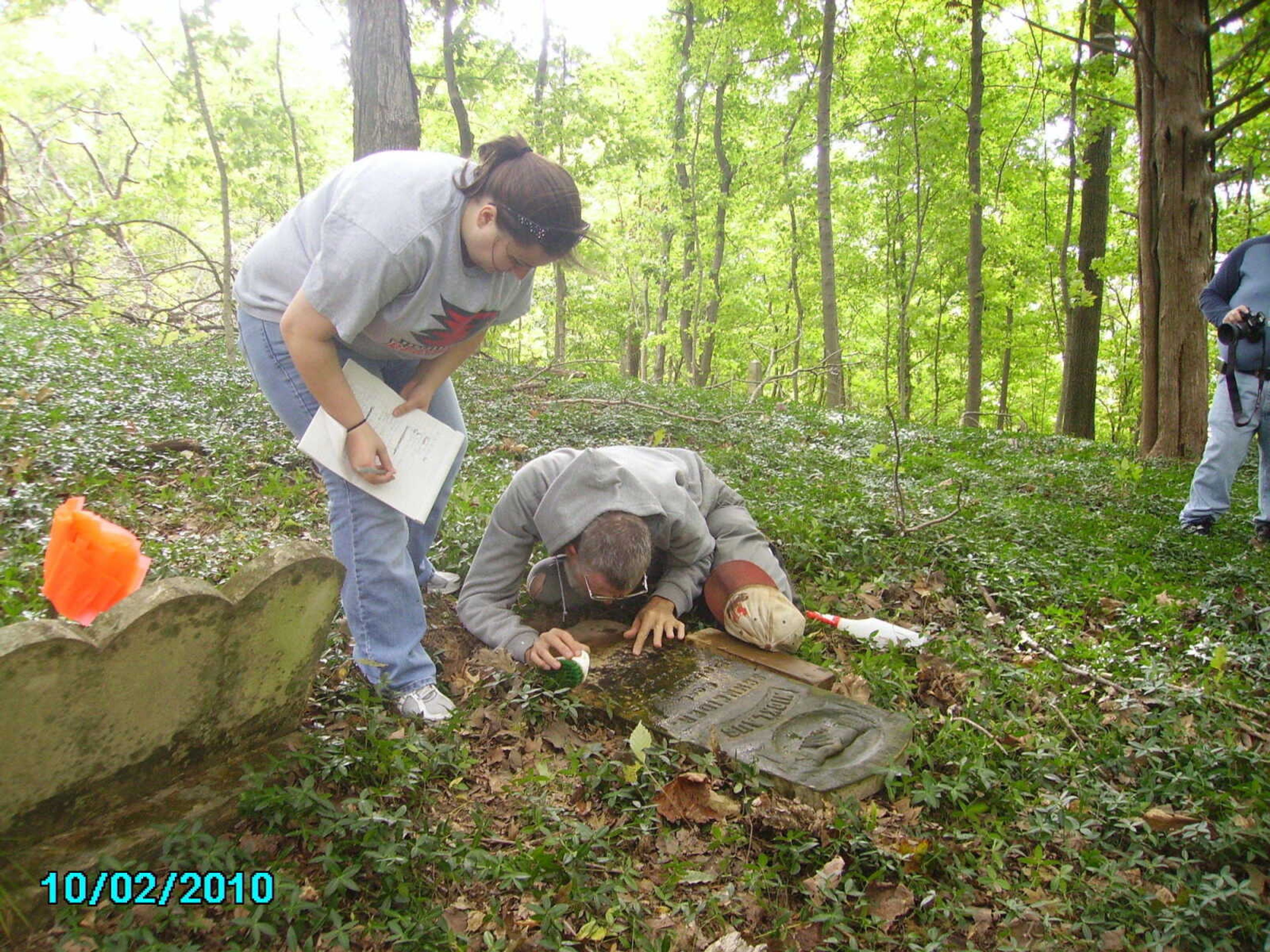
Students also prepare nominations that are submitted to the Keeper of the National Register of Historic Places requesting that certain historic locations be recognized. Owners of locations chosen for the Registry can apply for valuable tax credits provided by the government to help them restore their building or site.
A section of South Main Street between William and Independence Streets in Cape Girardeau was listed on the National Register thanks to the effort of Hoffman and his students. This allowed one of the property owners in that area to utilize the tax credits to rehabilitate his property.
Hoffman's most recent calculations found that 30 properties in the city of Cape Girardeau are on the Register. Half of these were placed there due to the work of Southeast's program. Seven of the city's ten historic districts were registered by the program.
These sites include the Southeast Missourian building, Marquette Hotel, the Common Pleas Courthouse, the Old Appleton Bridge, the Huhn-Harrison house, which was once owned by the university, and historic homes throughout the city.
The Miller House in Bloomfield, Mo., is a special undertaking by Kinder and the members of the HPA. They are working to get it on the Register and restored.
"So we have had, and this program has had, and the work of the students in the graduate program have had a profound effect on preservation in this community," Hoffman said.
Cape Girardeau has only recently begun to utilize the tax credits available to restore historic sites within its city limits. Unfortunately, these credits are under heavy scrutiny by state legislation. Though these credits provide beautification and job opportunities, they can also be considered frivolous spending by some.
"It definitely is in high risk," Hoffman said. "It's a target. And there are several influential people in the legislature who continue to go after it. And then there are others who are equally dedicated to defending it."
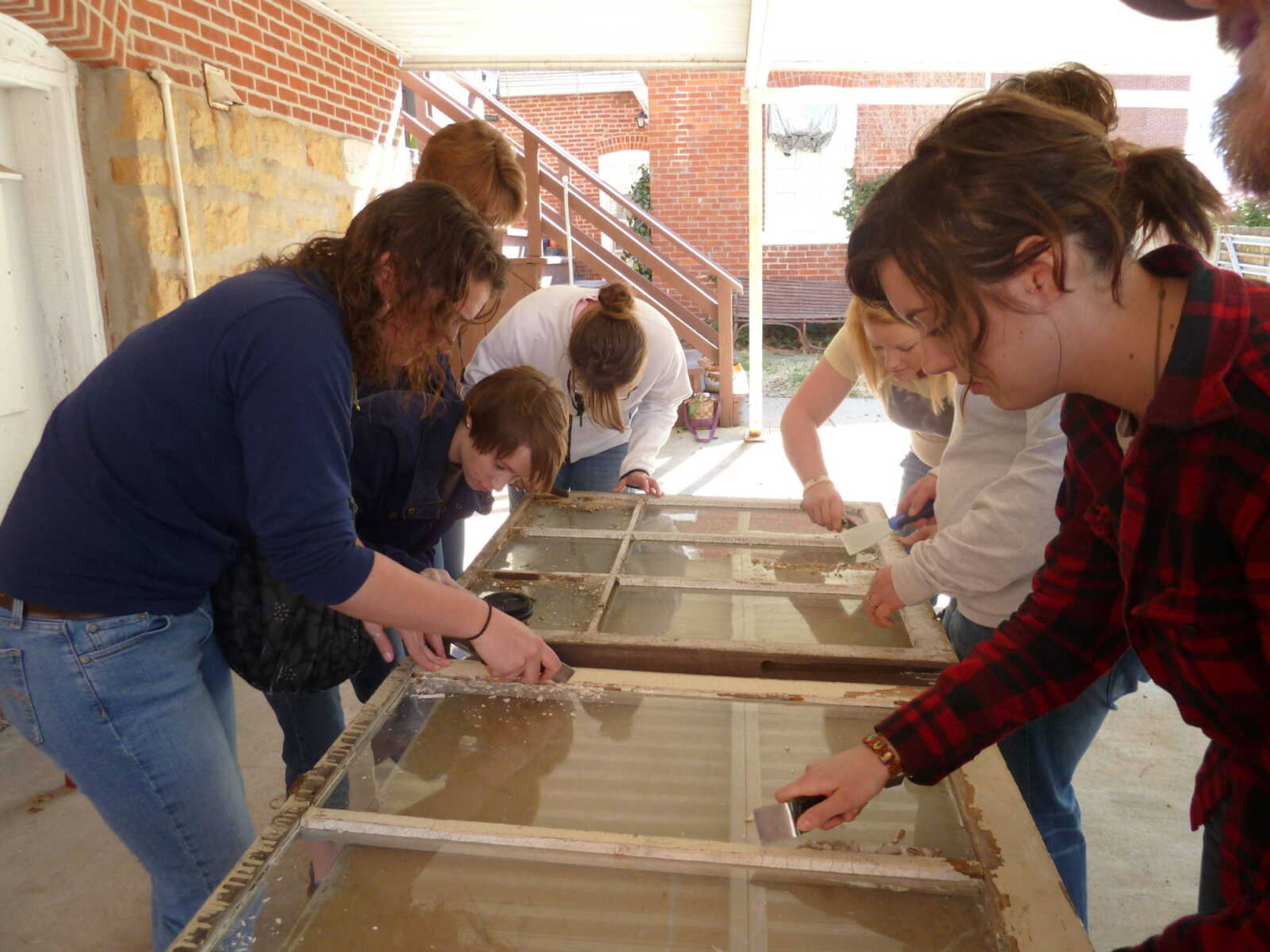
The program is looking into uses for the Reynolds House at 623 N. Main St. The house is administered by a foundation with a board comprised of its owner, a representative from the Isle of Capri, a company that is constructing a casino on North Main Street, and Hoffman.
Hoffman hopes that the house can be used as a laboratory for students as it undergoes the processes of revitalization.
"We're historians and documentarians," Hoffman said. "So we have student projects where they'll go to a building, identify what's wrong with it and why and what steps to take in order to fix it. But actually fixing it -- we're not carpenters or metalworkers or masons or anything like that."
Other upcoming projects include a student-designed and installed exhibit at the Cape River Heritage Museum, a downtown revitalization class in the spring semester and a story telling and living history class with Southeast professor of history Dr. Joel Rhodes.
"We're constantly tinkering and trying to find ways to place students in authentic experiences that will allow them to apply the skills that they're learning here," Hoffman said. "We believe very strongly that what's going to get our students into jobs or into graduate school are the things that they have done, not just the things that they have gone to class and listened to."
